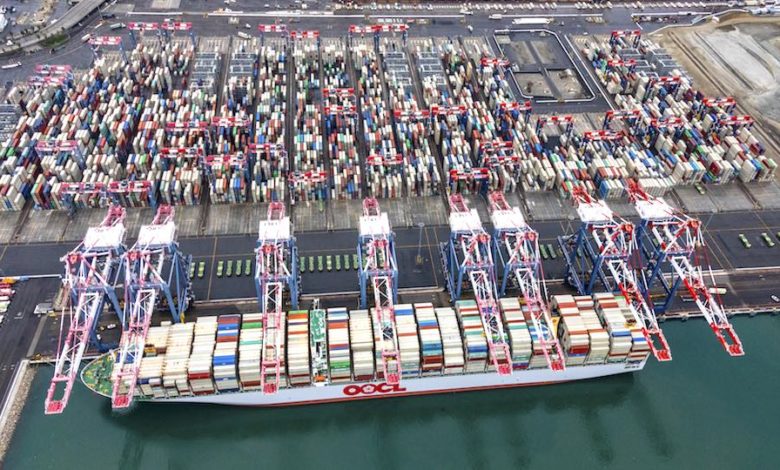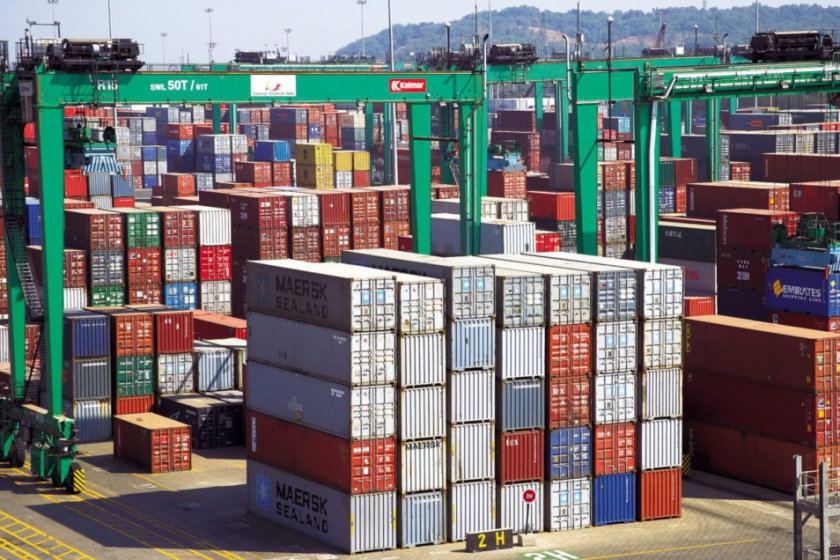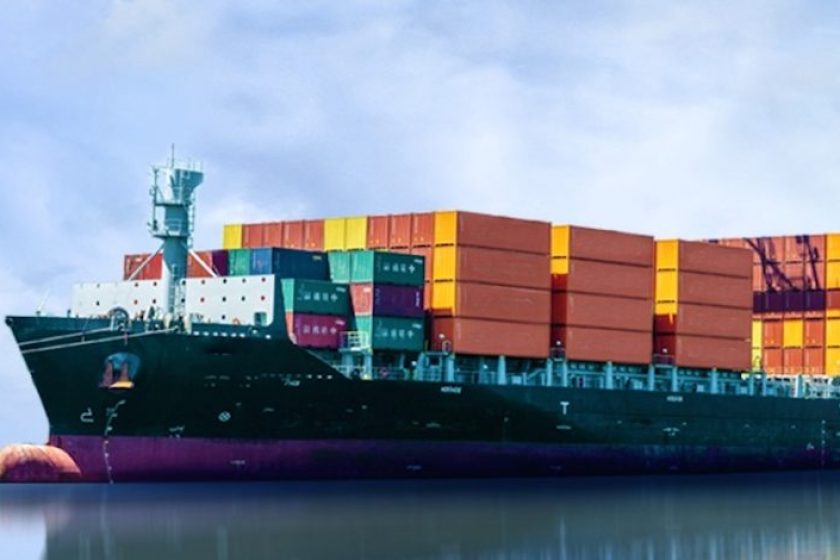Sam Chambers March 16, 2023 Splash247.com

The lull in box volumes is resulting in falling congestion and also in changes in container flows as reflected in the Container xChange Container Availability Index.
The index, which measures the proportion of weekly import to export flows at ports around the world, shows that the share of imports from the total volumes handled at the ports of Los Angeles and Long Beach, America’s two largest gateways, has fallen 10% compared to last year.
As of Sunday, the number of containerships in US coastal waters had fallen to less than half of the count a year earlier, according to Bloomberg.
At Ningbo, meanwhile, China’s second largest boxport, after two years of handling more exports than empty returns and imports, the share of imported containers crossed into and has remained the majority since late last year as demand for exports fell.
The sight of empty containers stacking up at ports across China has been something covered regularly by Splash in recent months. There were more than 5m empty standard containers stacked at ports across China in early February, twice as many as pre-covid, according to data from Dalian Maritime University.
In a sign of just how drastically the market has fallen, recently listed box booking platform Freightos said earlier this week it expects revenue growth of 15% to 21%, down from a prior forecast of 87%.
“Global shippers must now navigate in a tricky environment, as carriers still rely largely on blank sailings when they should close services outright,” Peter Sand, chief analyst at freight rate platform Xeneta, told Splash.
”We see 2023 as a year of excessive capacity management by the carriers,” Sand said, going on to list the likely order of defensive measures the lines will issue from their playbook: blank sailings, hot followed by cold idling, and finally demolition. Xeneta expects 400,000 teu to permanently leave the fleet in 2023. Year-to-date about 30,000 teu has been sold for demo.
Drewry’s World Container Index, a spot index published every Thursday, was down another $16 today to $1,790 per feu, 82% down from all-time highs recorded in September 2021.


